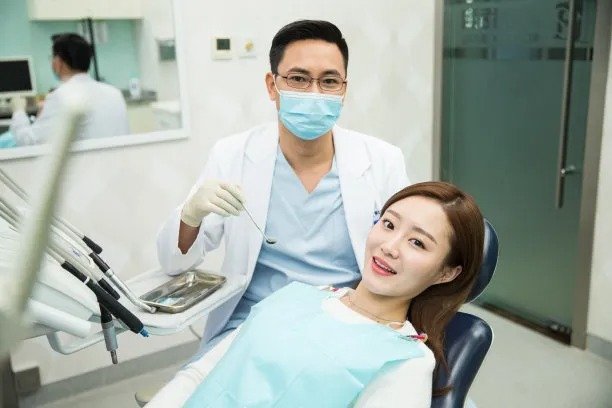Understanding the Process and Care Tips for Extracting a Tooth Safely at the Dentists Office
Summary: Extracting a tooth can be a daunting experience, both for the patient and the dentist involved. This article aims to provide a comprehensive understanding of the tooth extraction process while emphasizing essential care tips for ensuring a safe and effective procedure. We will delve into the reasons for tooth extraction, the steps involved during the procedure, aftercare recommendations, and potential complications to be aware of. By the end of this piece, readers will have a clearer picture of what to expect and how to prepare, making the journey from the dental chair to recovery smoother and less stressful.
1. Reasons for Tooth Extraction in Dentistry

Tooth extraction may be necessary for a variety of reasons, and understanding these can help alleviate some of the anxiety associated with the procedure. One common reason is dental decay, where, despite efforts like fillings or crowns, the tooth is too damaged to be saved. In such cases, removal is often the best option to prevent further infection.
Another reason for extraction is periodontal disease, which affects the tissues surrounding the teeth. If left untreated, this disease can lead to tooth mobility and eventual loss. Dentists might recommend extracting affected teeth to improve oral health and facilitate better hygiene practices.
Additionally, overcrowded teeth can hinder proper alignment and bite function. In orthodontics, extracting one or more teeth might be necessary to create space for the remaining teeth to align correctly, especially before braces are fitted.
2. Steps Involved in the Tooth Extraction Process
The tooth extraction process typically begins with a thorough examination. The dentist will take X-rays to assess the tooths position and determine the best extraction method. Patients are informed of the procedure, and any questions or concerns are addressed to ease anxiety.
Once the examination is complete, anesthesia is administered to numb the area surrounding the tooth. Depending on the complexity of the extraction, this could be local anesthesia, sedation, or general anesthesia. The goal is to ensure the patient feels no pain during the procedure.
Afterwards, the extraction itself occurs. The dentist will use specialized instruments to loosen the tooth from its socket, gently rocking it back and forth. In some cases, the tooth may need to be sectioned into smaller pieces for easier removal. Once extracted, the dentist will apply pressure to stop bleeding and ensure the area is clean.
3. Aftercare Recommendations for Recovery
Post-extraction care is crucial for smooth recovery. Patients are typically advised to bite on a gauze pad for a few hours to control bleeding, after which they may be instructed to refrain from disturbing the extraction site. Rest is highly recommended, as it aids in healing and minimizes the risk of complications.
In terms of diet, soft foods are best for the first few days. Avoiding hot, spicy, or crunchy foods can prevent irritation at the extraction site. Staying hydrated is important, but patients should be cautious with straws, as the suction can dislodge the blood clot formed in the socket.
Additionally, pain management should be discussed with the dentist. Over-the-counter medications can often suffice for discomfort, but if pain persists or worsens, contacting the dental office is essential. Following all aftercare instructions can significantly enhance the recovery process.
4. Potential Complications and When to Seek Help
While tooth extraction is generally safe, there are potential complications to be aware of. Dry socket, which occurs when the blood clot fails to develop properly, can cause severe pain and delay healing. If symptoms of dry socket, such as increased pain or an unpleasant taste, arise, patients should consult their dentist promptly.
Another issue could be infection, which may manifest as increased swelling, fever, or pus. Prompt action is crucial as infections can escalate quickly if left untreated. It’s vital to monitor the extraction site and maintain good oral hygiene to minimize the risk of infection.
Lastly, some patients may experience excessive bleeding or unusual reactions to anesthesia. In such cases, reaching out to the dental office immediately is important to manage the situation effectively. Listening to one’s body and communicating any unusual symptoms to the dentist is vital in post-extraction care.
Summary:
Understanding the tooth extraction process and adhering to essential care tips contributes significantly to a positive dental experience. The reasons for extraction are diverse, and being informed can mitigate anxiety. Knowing the steps involved and proper aftercare ensures a smoother recovery while remaining vigilant for potential complications fosters a proactive approach in maintaining oral health.
This article is compiled by Vickong Dental and the content is for reference only.


